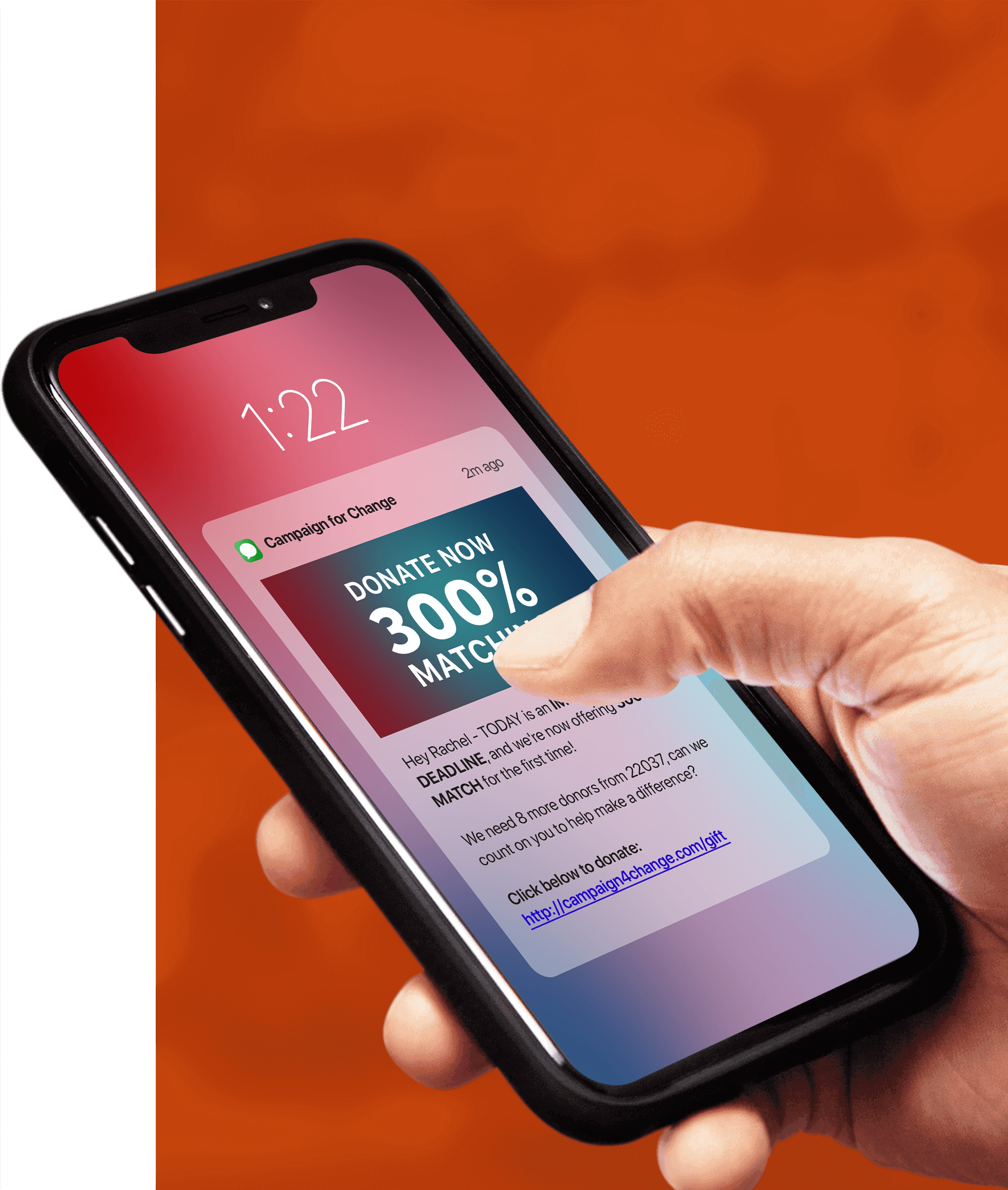
Due to an increase in messaging, the Cellular Telecommunications Industry Association (CTIA) updated its Short Code Handbook to protect consumers from unwanted messages, fraud, and cybercrimes. The CTIA is an organization created by the wireless carriers to enforce proper SMS marketing practices. The Short Code Handbook Version 1.8 is specific to short codes (five- or six-digit numbers) and will go into effect on January 1, 2021.
What’s New?
Unsolicited Messaging And Deceptive Content Audits
Calls to action should be clear, and your request for consent can’t be misleading. Confusion may lead to an increase in consumer complaints to the wireless carriers, who can then shut down your program and flag your short code. If that happens, the CTIA will audit your program and require you to verify your opt-in process. You must ensure compliance to regain access to your short code. In addition, you must include opt-out information to all subscribers in the first message you deliver.
The CTIA has zero tolerance for phishing activity, malware, content impersonating a third-party entity or brand, or other illegal activity. Short codes delivering these types of messages will be terminated immediately. The audit standards are intended to protect consumers from abusive messaging and deceptive advertising. Create transparent calls to action and avoid being mistakenly flagged.
Abandoned Shopping Cart Notifications
Abandoned Shopping Cart Notifications (ASCN) were first introduced through T-Mobile’s policy in May 2020. The CTIA has included a regulation regarding ASCN in the 2021 handbook. To send shopping cart reminders, you must clearly on your website that abandoned shopping cart notifications are included in the opt-in terms and conditions. Shopping cart message programs must deliver a double opt-in message, and the message must clearly inform recipients that they’ll receive shopping cart reminders. Text reminders must be sent within 48 hours of the shopping cart abandonment and are limited to one alert per unique abandoned cart. For more information and examples, check out our post about abandoned shopping cart text messages.
Transitioning Recurring-Messages Programs
If you’re moving your program from a shared short code to your own dedicated short code, the CTIA has provided a detailed process to transition your subscribers from any type of message platform to another.
When transitioning a recurring-messages program, you should follow these steps:
1. From the old short code, send a final service message to consumers enrolled in the recurring-messages program. Ideally, do this at least one week before you begin sending messages from the new short code.
Last message on your old number:
Hooli recurring promo messages will no longer come from 12345. Moving forward, they will come from 56789. For help, email: help@hooli.com Text STOP to end.
2. Transition the existing opt-in list to the new short code.
3. Discontinue the recurring-messages program on the old short code.
4. From the new short code, send an initial service message to consumers enrolled in the recurring-messages program. Here’s an example of a transitioning message:
First message on your new number:
This is our new number at Hooli! You agreed to terms for recurring promo msgs at hooli.com/terms. Text STOP to end, HELP for help.
Once the transition is complete, you can proceed with your regular messaging on the new short code.
Viral Messaging
In viral messaging programs, a consumer receives a message and forwards it to their contacts. Brands and organizations can provide viral messaging using their dedicated short code .
To do so, each person forwarding a viral message must:
- Verify that they’ve obtained each recipient’s consent.
- Individually identify and select each recipient.
- Confirm that each message will be sent on their (the forwarder’s) behalf.
Any viral messages must clearly why the recipient received the message and identify the person sending the message. Most importantly, consumers may not receive anything of value for forwarding the viral message.
Incorrectly executed viral messages can cause significant spam issues. The requirements outlined above will honor the consumer’s choice, prevent messaging abuse, and provide transparency.
What Are Your Next Steps?
We encourage you to evaluate your opt-in experience and update your calls to action. You can also review the new Short Code Monitoring Handbook. In addition, you may need to verify that your programs comply with individual carrier requirements, the Telephone Consumer Protection Act (TCPA), and CTIA Message Principles and Best Practices.
If you’re feeling overwhelmed, we’re here to help! Don’t hesitate to contact the SMS marketing experts at Tatango.

